Raspberry Pi Oracle Weather Station Hat
General what is the raspberry pi oracle weather station project. Follow the tutorials on this site to transform your raspberry pi into a raspberry pi weather station.
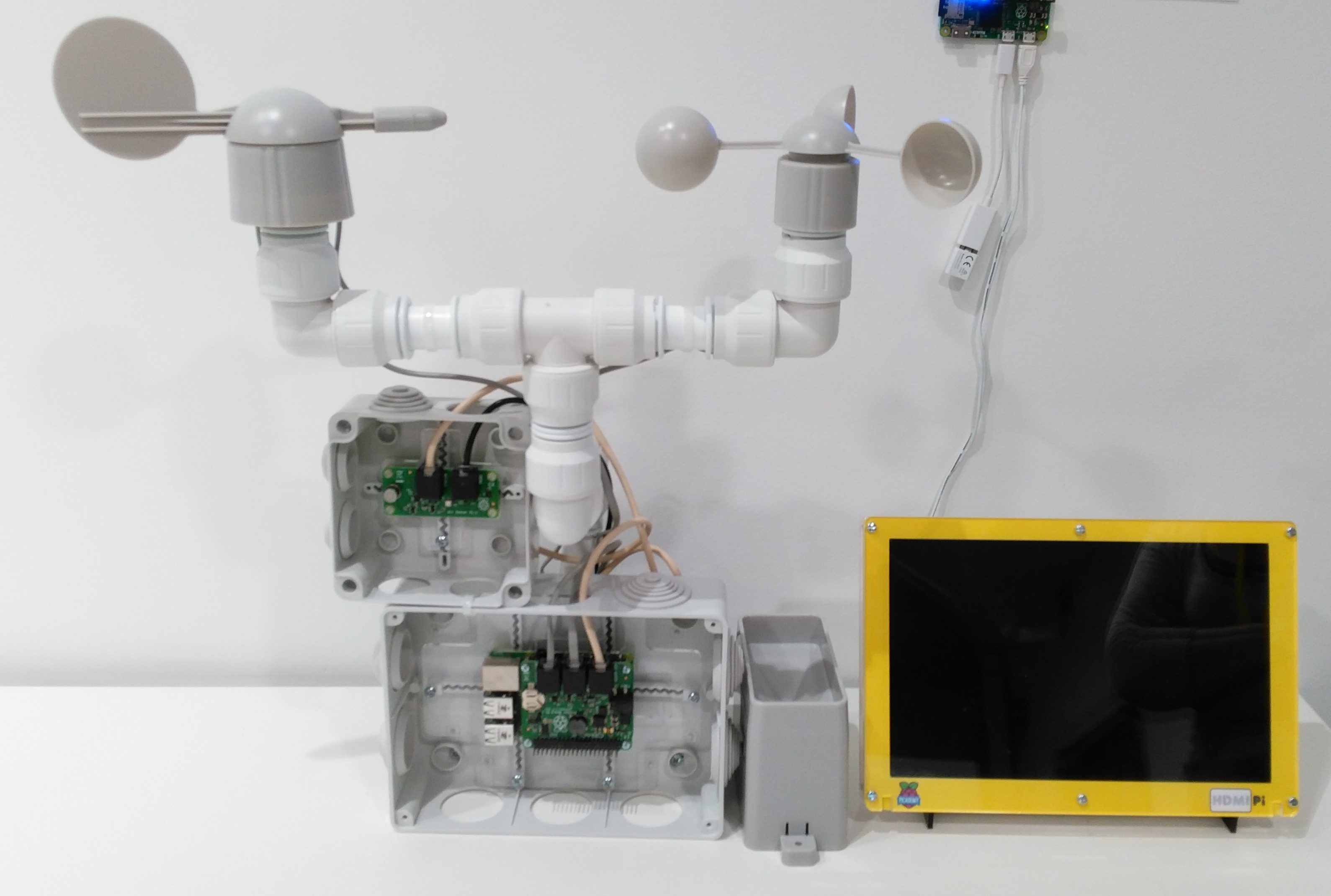 Raspberry Pi Oracle Weather Station Faqs Raspberry Pi
Raspberry Pi Oracle Weather Station Faqs Raspberry Pi
raspberry pi oracle weather station hat is important information accompanied by photo and HD pictures sourced from all websites in the world. Download this image for free in High-Definition resolution the choice "download button" below. If you do not find the exact resolution you are looking for, then go for a native or higher resolution.
Don't forget to bookmark raspberry pi oracle weather station hat using Ctrl + D (PC) or Command + D (macos). If you are using mobile phone, you could also use menu drawer from browser. Whether it's Windows, Mac, iOs or Android, you will be able to download the images using download button.
The raspberry pi weather station is a weather station in kit form controlled by a raspberry pi and a special add on board called a hat.
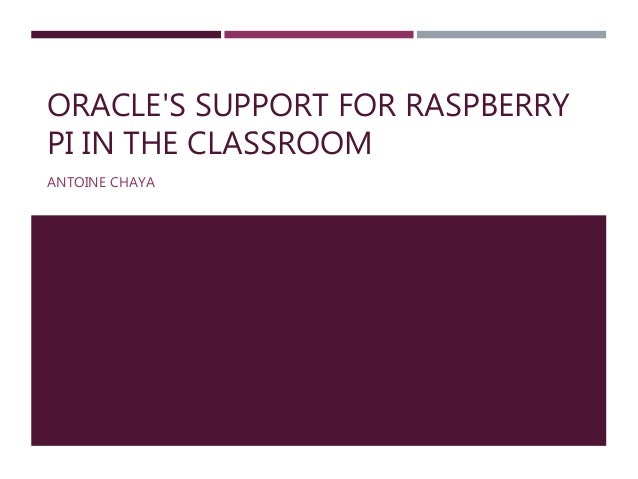
Raspberry pi oracle weather station hat. In this tutorial we will be showing you how to set up a basic raspberry pi weather station by utilizing the sense hat. These kits have been very popular. It is designed to be used in schools to enable students to create their own weather station and has a range of resources to support its use.
We already discussed the sense hat and you probably figured out that youll need a raspberry pi and the typical peripherals. Another outdoor weather station kit you might encounter is the raspberry pi foundations collaboration with oracle which resulted in a weather station kit that has been shipped to schools across the globe. Raspberry pi weather station.
This weather station is the perfect little hobby project for anyone wishing to start monitoring the weather conditions in a specific room outside or anywhere you would like. Learn new things and have fun along the way. Weather station duration.
Not to be too disappointed i was determined to create my own variation of a raspberry pi weather. Github is home to over 40 million developers working together to host and review code manage projects and build software together. Raspberry pi weather station make.
It is designed to be used in schools to enable students to create their own weather station and has a range of resources to support its use. The weather station kit is a hat for the raspberry pi which allows it to collect weather data using a variety of sensors. This project uses a raspberry pi and the pi sense hat to collect and aggregate weather data in your local area.
This is based on a raspberry pi hat hardware attached on top board which links into the pis gpio header board by mounting directly on top. How to set up a raspberry pi weather station using the sense hat. All we need besides these things is a simple web server so that our raspberry pi weather station can be accessed over the internet.
In 2014 the raspberry pi foundation teamed up with oracle to build a weather station for the raspberry pi for schools. Its an educational tool aimed at teaching computing engineering and data handling. Unfortunately the raspberry pi foundation only produced a small batch of 1000 weather station kits for school and as such weather station hat board was not available commercially.
The original weather station kit is a hat for the raspberry pi that allows it to collect weather data using a variety of sensors.
 Build Your Own Raspberry Pi Weather Station With Initial State
Build Your Own Raspberry Pi Weather Station With Initial State
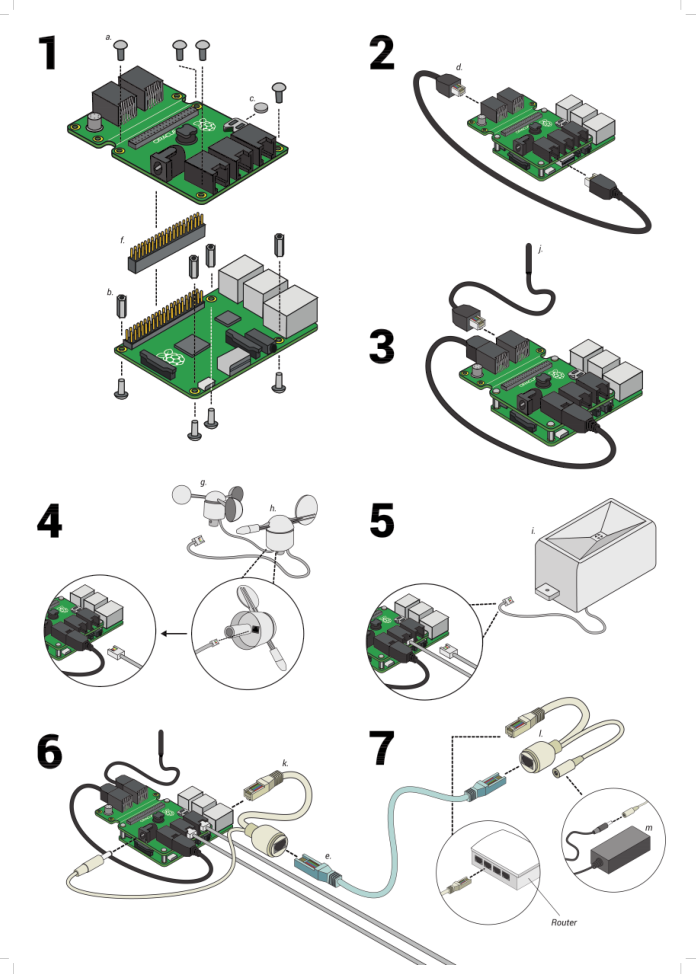 Weather Station For Schools Project Update Raspberry Pi
Weather Station For Schools Project Update Raspberry Pi
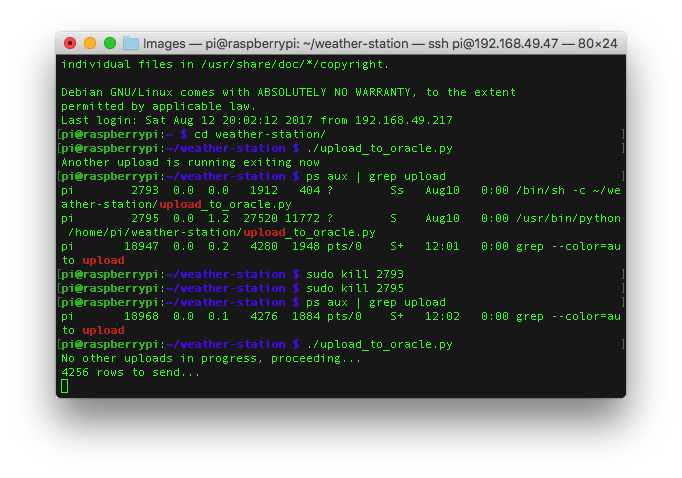 Raspberry Pi Oracle Weather Station Faqs Raspberry Pi
Raspberry Pi Oracle Weather Station Faqs Raspberry Pi
 Raspberry Pi Weather Station Raspberry Pi Learning Resources
Raspberry Pi Weather Station Raspberry Pi Learning Resources
 Weather Station For Schools Project Update Raspberry Pi
Weather Station For Schools Project Update Raspberry Pi
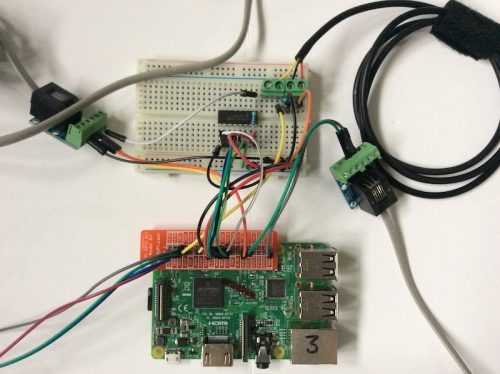 Build Your Own Weather Station With Our New Guide
Build Your Own Weather Station With Our New Guide
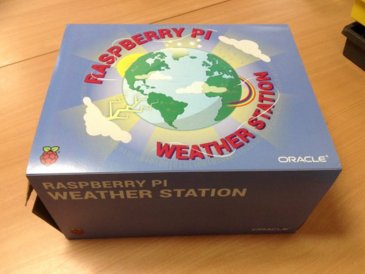 Pi Supply On Twitter Raspberry Pi Oracle Weather Stations
Pi Supply On Twitter Raspberry Pi Oracle Weather Stations
Oracle Academy Raspberry Pi Foundation Launch Weather
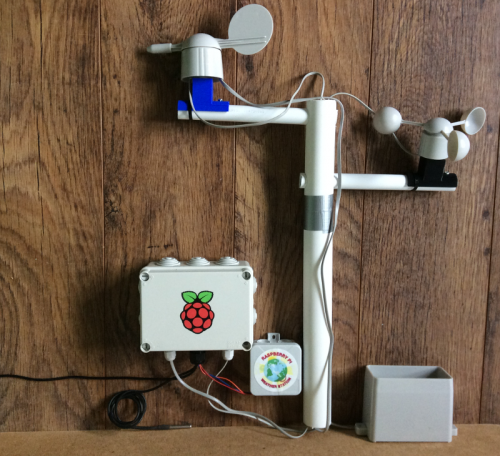 Build Your Own Weather Station With Our New Guide
Build Your Own Weather Station With Our New Guide
 Diy Raspberry Pi Weather Station How To Do It At Home
Diy Raspberry Pi Weather Station How To Do It At Home
 Quick Diy Raspberry Pi Weather Station Geeky Gadgets
Quick Diy Raspberry Pi Weather Station Geeky Gadgets